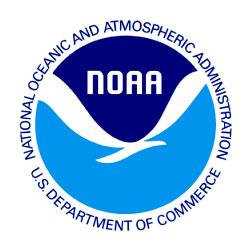
Scaling up efforts to fight the scourge of marine debris
Look at a map of the Pacific Ocean. Zero in on the middle of that vast expanse of blue. Right about there, some 3,000 miles west of California, lies the Papahānaumokuākea Marine National Monument.
This 582,578 square-mile protected area includes about 70 percent of all shallow-water coral reef habitats in the United States. It’s also home to more than 7,000 marine species, 23 of which are endangered.
The Monument’s many reefs, atolls and islands represent some of the most remote places on Earth. Yet even there, the modern world leaves its mark. An estimated 57 tons of derelict fishing gear, plastic trash and other floating debris accumulate on the reefs of Papahānaumokuākea each year.
This material damages coral reefs and poses severe risks of entanglement and ingestion to wildlife such as the endangered Hawaiian monk seal, threatened green sea turtle and numerous declining bird species.
In 2022, NFWF awarded a grant of nearly $2.2 million to the Papahānaumokuākea Marine Debris Project to remove large-scale debris from coral reefs and shorelines at marine debris hot spots within the Monument. The nonprofit group completed two large-scale clean-ups in 2022. Its team of highly skilled free divers focused on cutting derelict nets and ropes from coral reefs. They hauled the debris to a mother ship and transported it all to Hawai‘i for disposal.
In total, the group removed 202,950 pounds of debris from more than 1,600 acres of shallow coral reefs.
Watch: A marine debris technician frees a sea turtle from discarded fishing net
The team also removed a derelict lifeboat that had beached on an otherwise pristine islet. The lifeboat had been aboard a 650-foot car-carrier ship, which suffered a disastrous onboard fire in January 2019. Aground in the Monument, the lifeboat posed a serious contamination threat due to diesel fuel, batteries and engine fluids that were aboard.
The debris removal team repaired large gashes in the fiberglass hull before towing it to the waiting mother ship.

